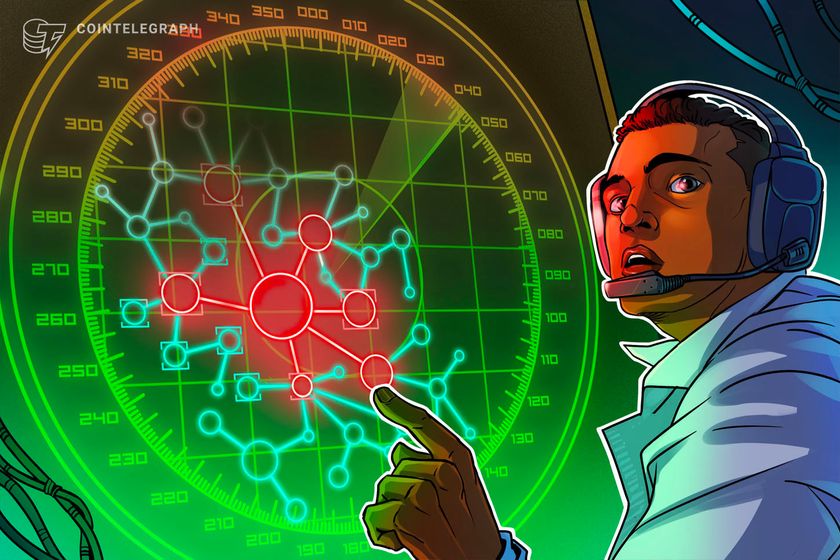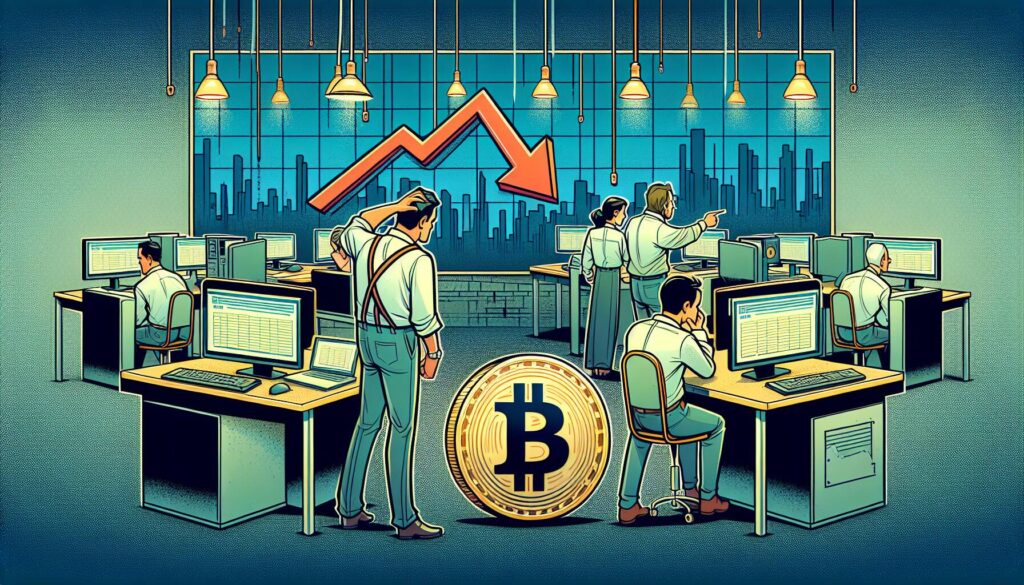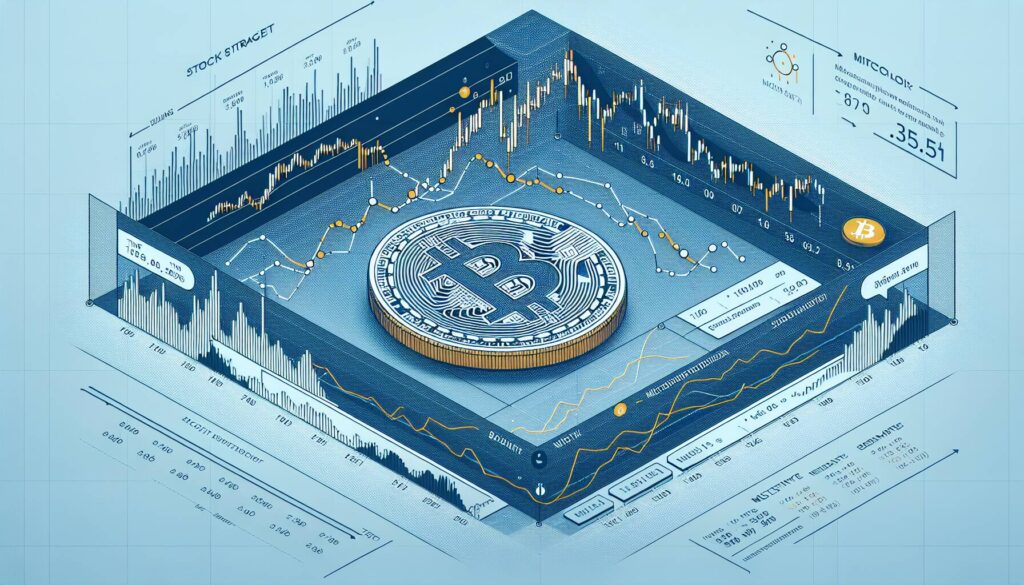In a world where data is increasingly viewed as a cornerstone of the emerging technology economy, its current management mostly relies on centralized infrastructures that contradict the ideals of autonomy and censorship resistance. Michael O’Rourke, the founder of Pocket Network and CEO of Grove, argues for a revolutionary shift towards decentralized frameworks that can harness the full potential of open data. With the open data market valued at over 0 billion, this transformation is not just desirable but essential for solving multiple vulnerabilities associated with user applications.
Centralized AI models, for instance, are often prohibitively expensive, with training cutting-edge models like OpenAI’s GPT-4 exceeding 0 million in costs. By contrast, the newly launched DeepSeek R1—a result of open-source collaboration—demonstrates that significant advancements in AI can be achieved at a fraction of the cost, highlighting the compelling advantages of decentralized structures. These systems not only facilitate more affordable training of large language models (LLMs) but also challenge traditional, closed-source monopolies that dominate today’s market.
Moreover, the scientific community stands to benefit immensely from this shift. Access to research data has long been restricted by costly publication models, but decentralized networks promise to democratize information sharing while preserving privacy through blockchain technology. This means researchers could share insights without navigating the financial barriers set up by traditional journal systems, effectively accelerating growth in various fields.
Also worth noting is the growing demand for decentralized application (DApp) hosting. While giants like Amazon Web Services and Google Cloud provide convenience, their centralized nature poses risks of outages and single points of failure. Events in recent history reveal vulnerabilities in these systems, prompting developers to seek out decentralized alternatives that promise reliability and scalability. With approximately 100 billion RPC requests available in the Web3 market alone, decentralized infrastructure is not just a trend; it’s rapidly becoming the backbone of the digital economy.
Ultimately, as open data channels move toward decentralized and open infrastructures, the benefits appear poised to ripple across sectors. Not only does this approach promise lower costs and enhanced accessibility, but it also aligns with a vision of a more equitable and robust digital future. As O’Rourke suggests, the time has come to embrace decentralized infrastructure as the default choice for app developers and companies alike, fostering a mutually beneficial environment for innovation and growth.
Decentralizing Open Data: Unlocking the Future of Technology
In the evolving landscape of technology, the shift from centralized to decentralized infrastructure is pivotal. Here are the key points about the importance and impact of decentralized open data:
- Rapid Market Growth
- Open data is projected to contribute significantly to a 0 billion emerging tech economy.
- Transitioning to decentralized infrastructures is crucial for realizing the full potential of open data.
- Cost Benefits of Decentralization
- Decentralized hosting of LLMs (Large Language Models) is significantly cheaper, with examples showing costs of .5 million for training decentralized models versus over 0 million for centralized ones.
- The use of decentralized computing resources can reduce infrastructure costs for AI companies by up to 85%.
- Enhanced Accessibility to Research Data
- Decentralized infrastructures promote the sharing of research data, making it more accessible and affordable compared to traditional journal systems.
- Privacy and trust can be maintained through blockchain-based models that anonymize potentially sensitive information.
- Improved Reliability of Applications
- Centralized platforms are prone to outages and operational risks, whereas decentralized protocols provide a more resilient infrastructure for DApps.
- Historical outages in centralized services highlight the need for a shift to decentralized solutions to ensure uninterrupted service.
- Increased Opportunities for Entrepreneurs
- Decentralized networks empower operators to build and deploy applications, promoting entrepreneurial growth in the tech landscape.
- Access to decentralized infrastructure lowers the entry barriers for startups and innovators, facilitating broader participation in the tech economy.
- Future-Proofing the Tech Economy
- The trend toward modular and scalable decentralized infrastructure is set to redefine the foundation of technology.
- Developers and companies will increasingly favor decentralized systems due to their cost-effectiveness, trustlessness, and flexibility.
“Decentralized infrastructure is not just the future; it is essential for a resilient, accessible, and democratic tech ecosystem.”
By embracing these changes, readers can prepare themselves to leverage the benefits of a decentralized information landscape, whether as consumers, entrepreneurs, or innovators in the technology space.
The Future of Open Data: A Shift Towards Decentralization
In a rapidly evolving tech landscape, Michael O’Rourke’s insights on the potential of decentralized infrastructure for open data shine a light on the changing tides of the technology sector. This perspective shares notable similarities with the growing trend of decentralization seen across multiple industries, particularly in finance and artificial intelligence. For instance, the rise of decentralized finance (DeFi) platforms showcases substantial cost savings and autonomy for users compared to traditional banking alternatives. Yet, while both domains highlight the need for a move away from centralized authority, each presents its own unique challenges and advantages.
Competitive Advantages of Decentralized Open Data
One of the most significant advantages of decentralization is autonomy. Open data operated through decentralized channels significantly lowers costs associated with model training and data access. The example of AI models like DeepSeek highlights this benefit, modeling how open-source protocols can drastically reduce expenses related to artificial intelligence training compared to their centralized counterparts. This disruptive capability not only makes it easier for startups to enter the field but also empowers researchers who have often faced barriers imposed by high-cost publication systems.
Furthermore, by allowing innovators to build upon existing frameworks without hefty fees or restrictive regulations, decentralized infrastructure promotes creativity and provides an avenue for those previously marginalized by the tech elite. Startups can rapidly develop decentralized applications (DApps) and tap into a broader market without the fear of being shut down or censored by central authorities.
Challenges and the Risks of Decentralization
However, this shift toward decentralization is not without its hurdles. Operating in a decentralized framework can result in uncertainties regarding reliability and performance. Centralized platforms, despite their flaws, often offer stability that decentralized networks struggle to maintain. The reliance on community-run nodes can sometimes lead to inconsistent service levels, as seen in instances where centralized services like Infura faced outages that affected decentralized applications like MetaMask. As decentralized networks further evolve, finding a balance between autonomy and reliability will be critical for their sustainability.
Who Benefits and Who Faces Challenges?
O’Rourke’s perspective could greatly benefit small businesses and independent developers, who often find themselves overwhelmed by the costs and restrictions of centralized platforms. By lowering entry barriers, decentralized infrastructure can empower these innovators, allowing them to leverage AI and machine learning without the heavy price tag typically associated with large-scale tech providers like OpenAI. Conversely, established tech giants and centralized providers may find themselves increasingly pressured by these emerging alternatives. They might experience reduced market share and revenue as users begin to favor options that promote transparency and cost-effectiveness.
As the technology landscape continually adapts, those who embrace decentralized open data models may very well shape the next phase of innovation. Recognizing both the advantages and disadvantages is essential for stakeholders aiming to thrive in this shifting ecosystem.

















